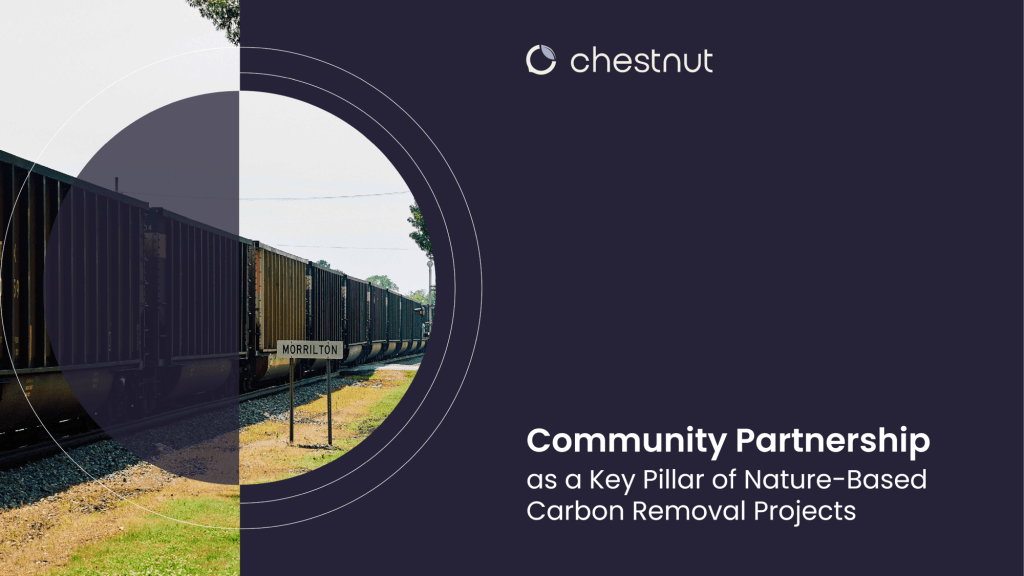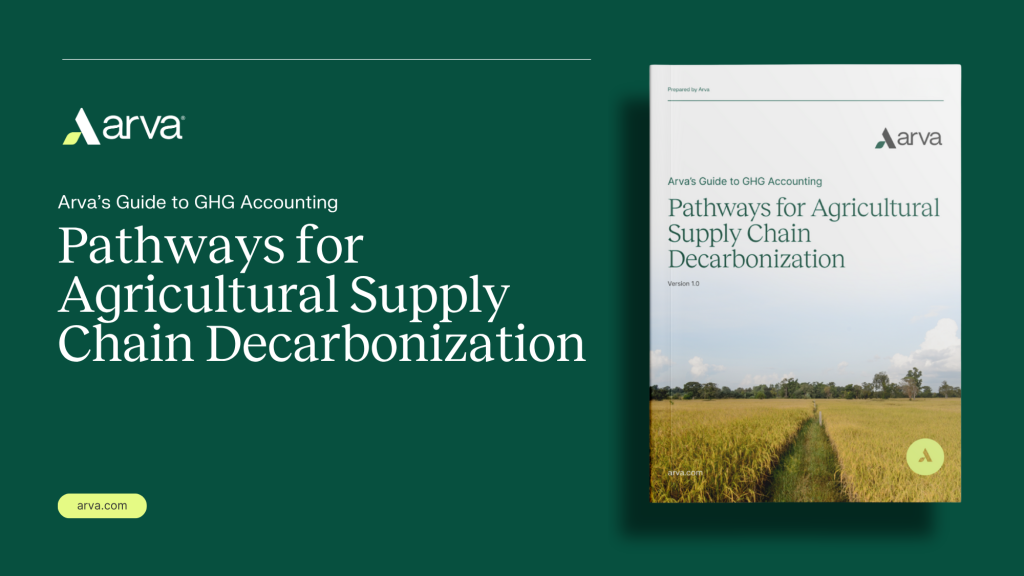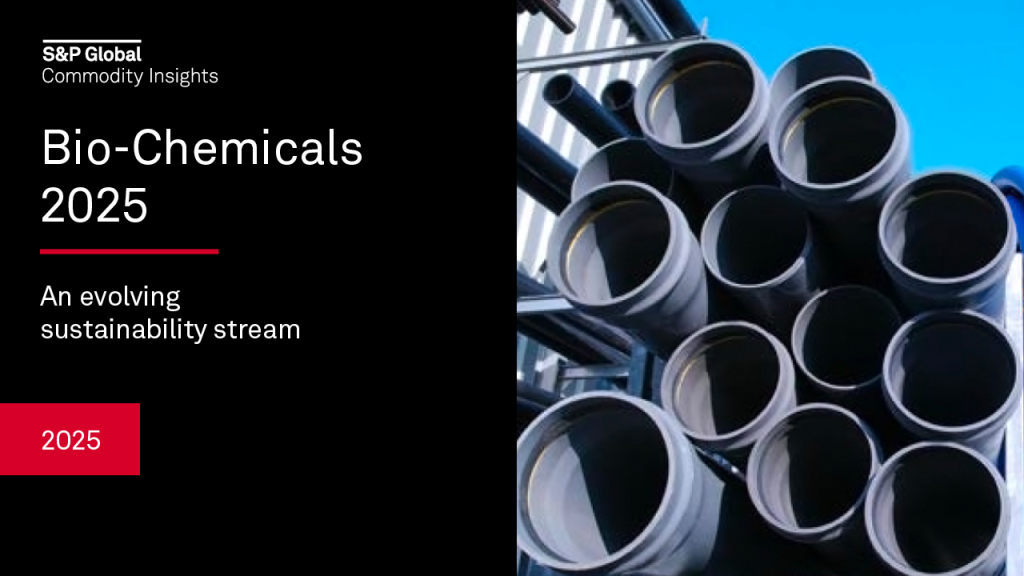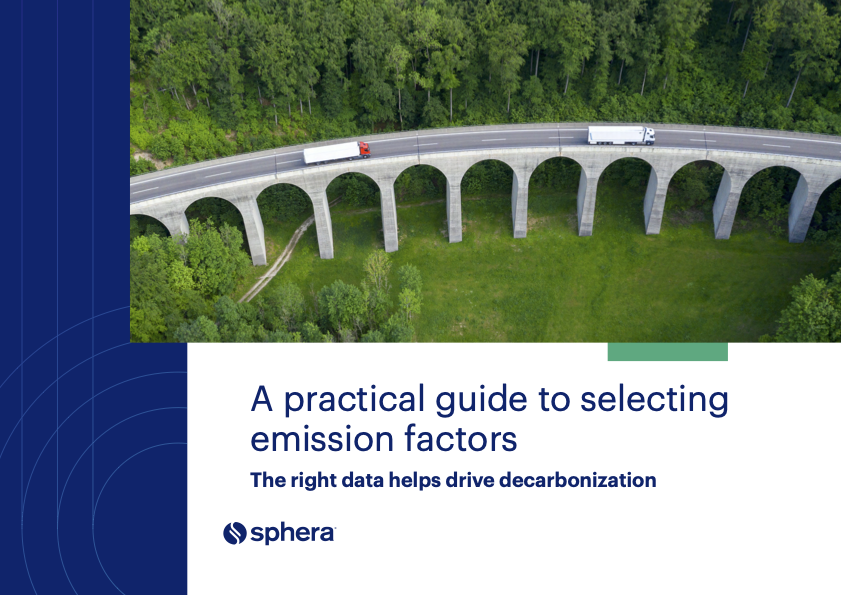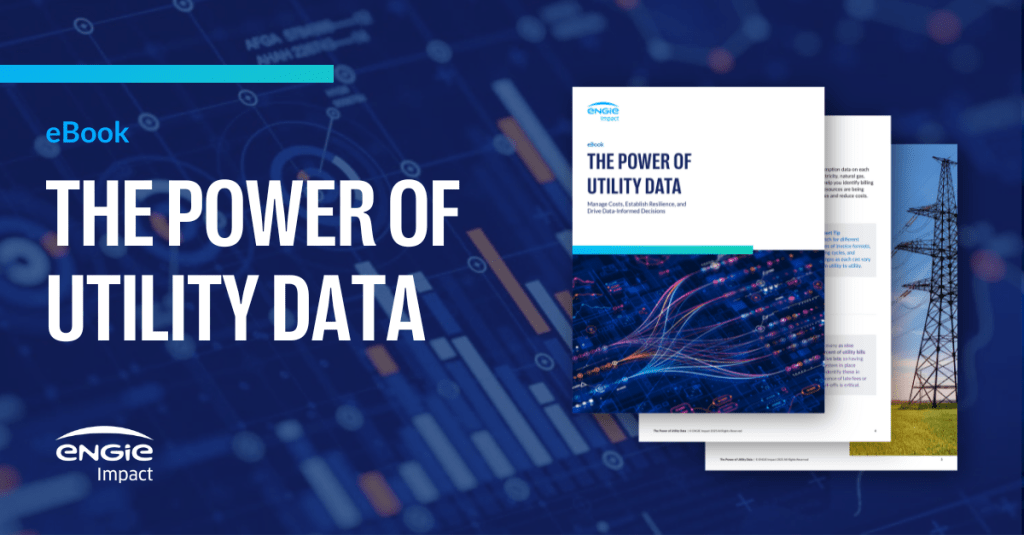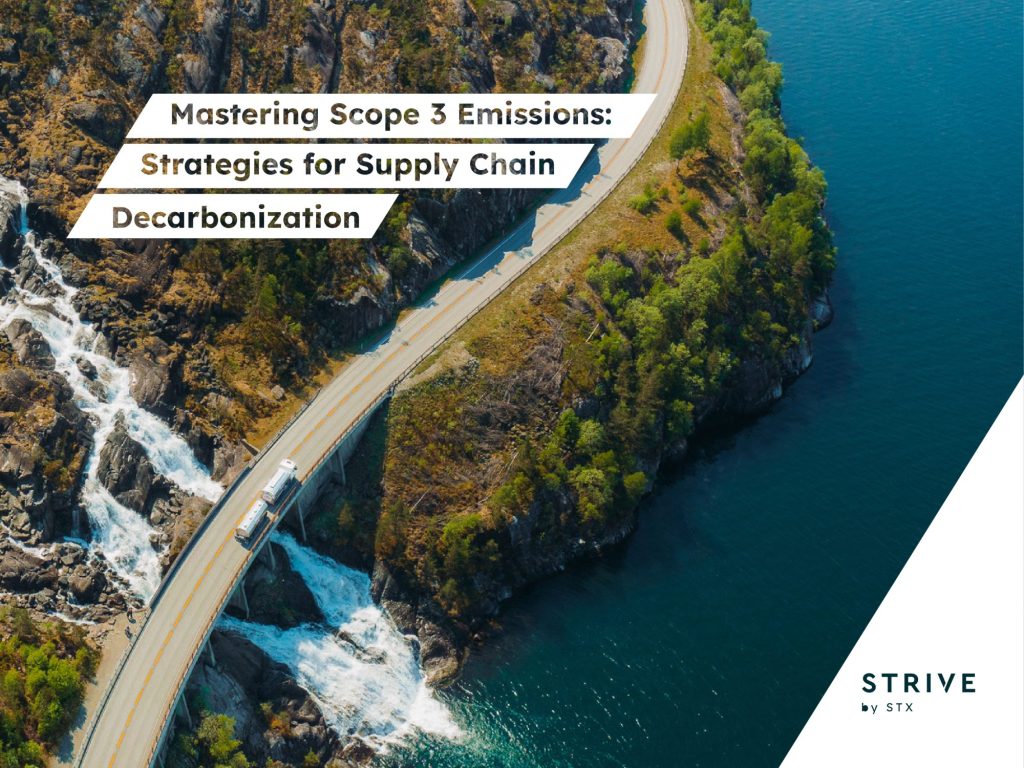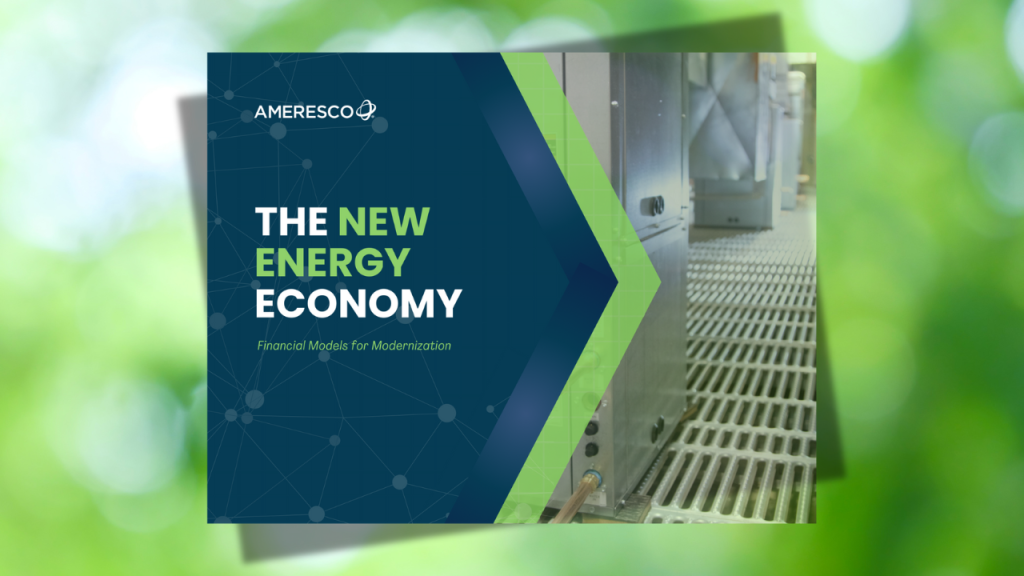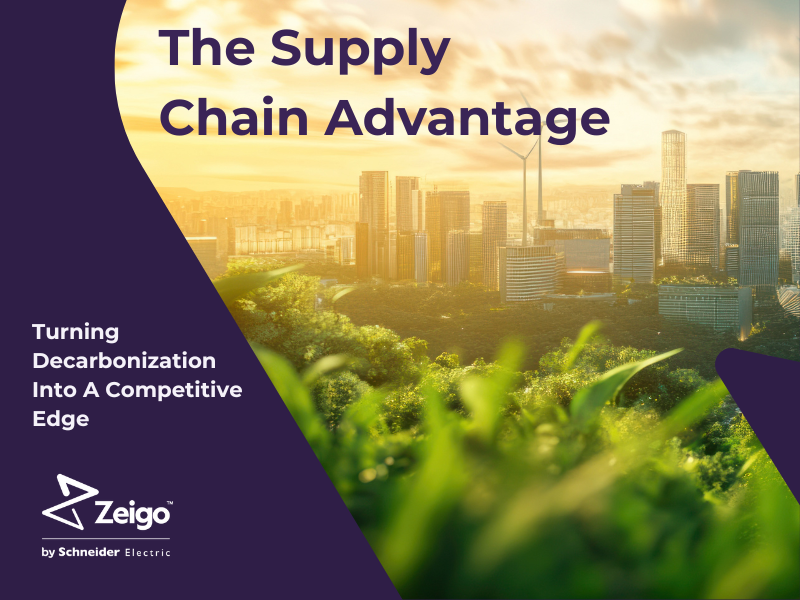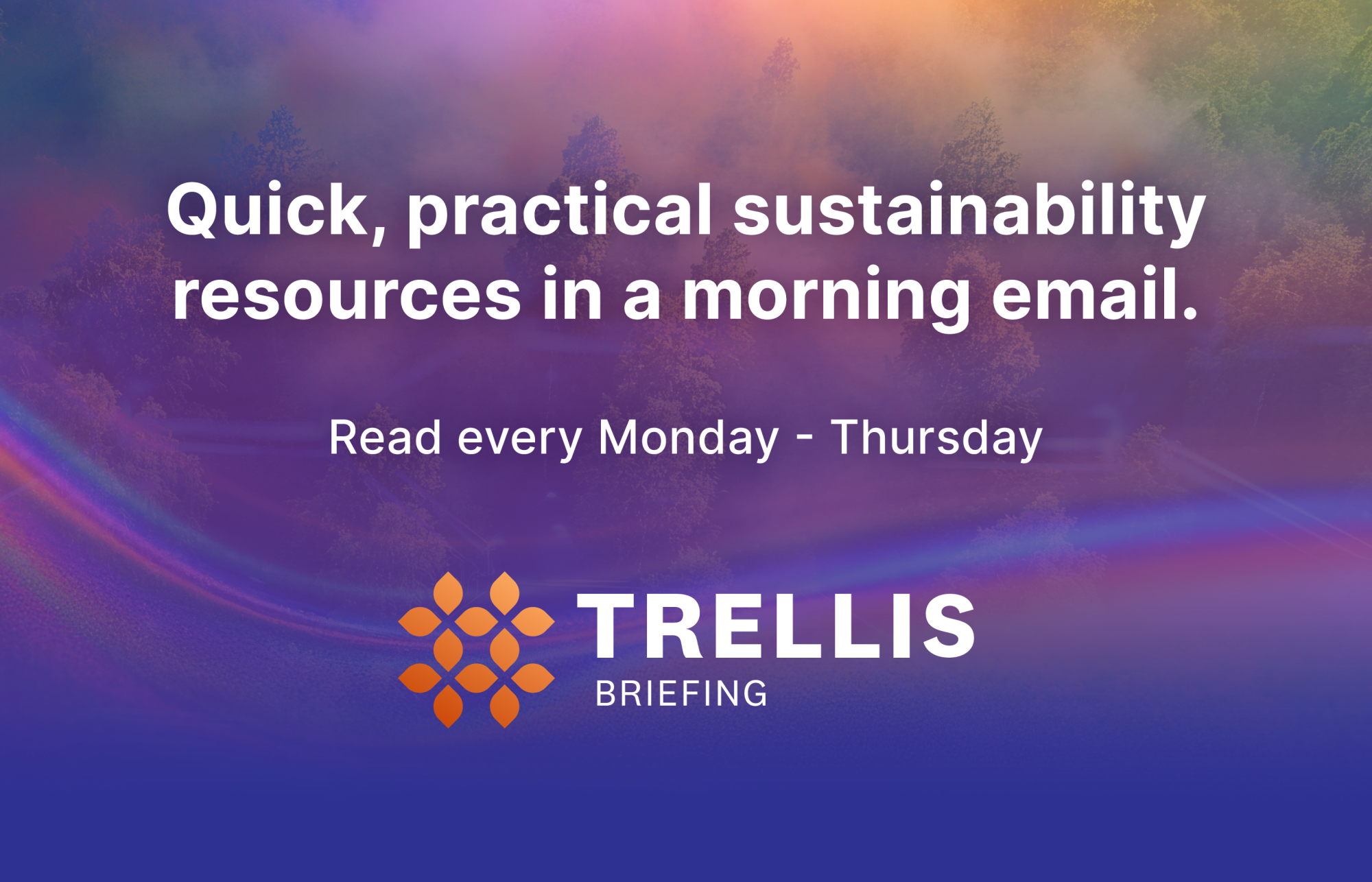7 states changing the stakes for packaging across the U.S.
Extended Producer Responsibility laws are rapidly expanding across the U.S., but success requires more than good intentions. Read More
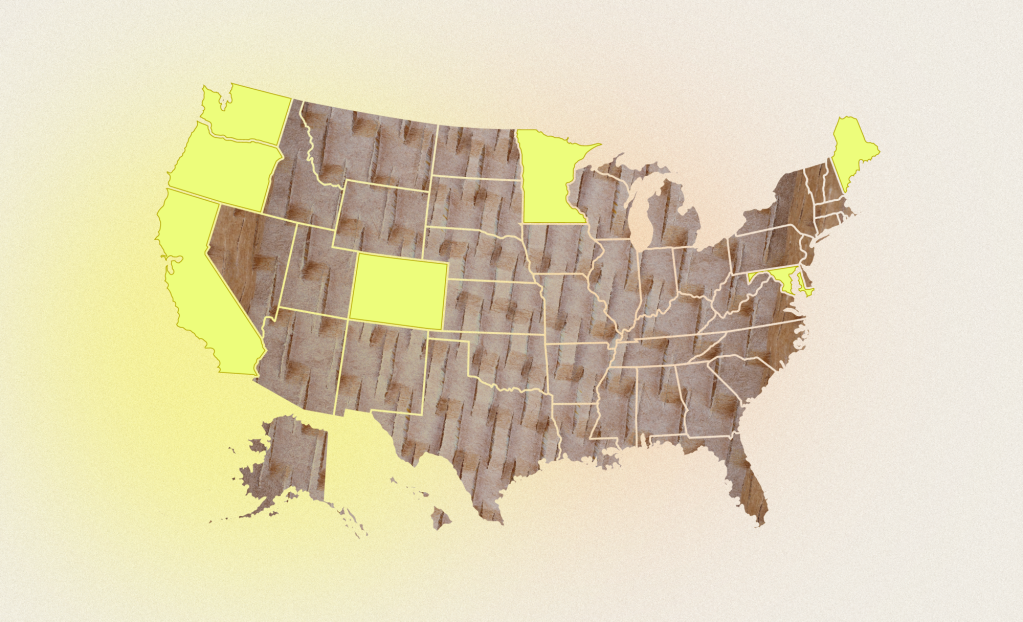
- The world is watching as the first states roll out Extended Producer Responsibility laws, offering a window into what’s possible and whether the nation is ready to embrace a truly circular future.
- Success depends on strategic investments in recycling systems and incentives for better packaging design.
- EPR brings more stakeholders to the table, requiring coordination across producers, governments and consumer groups.
The opinions expressed here by Trellis expert contributors are their own, not those of Trellis.
At the federal level, if environmental regulations are going anywhere right now, they’re going away. At the same time, seven states are completely overhauling the $107 billion industry that determines how the world’s largest economy packages its goods. And they’re doing it via a policy most consumers have never heard of: Extended Producer Responsibility.
Extended Producer Responsibility (EPR) is a type of policy that applies the “polluter pays” principle to packaging. In other words, those who pollute are held responsible for their actions — such as companies paying fines for emissions under the Clean Air Act.
With EPR laws, the polluter pays principle applies to product packaging materials we use every day, from cereal boxes to subscription box containers. In passing these laws, states are tackling waste upstream and downstream: EPR should shift the financial responsibility of recycling and waste management from taxpayers onto producers, and it should incentivize companies to develop more recyclable, refillable or compostable packaging by levying higher fees on packaging that’s less environmentally friendly.
For the optimists in sustainability and packaging, EPR might feel like the only path forward. It promises a more circular system where product and packaging producers fund everything from consumer education to curbside recycling collection — and no doubt, the potential is there. But to achieve this potential, EPR stakeholders need to overcome the pitfalls behind three promises:
1. EPR will improve recycling infrastructure — if it’s done correctly
EPR laws promise to generate funds that modernize and expand recycling systems to help ensure the materials you’re putting in your recycling bin actually get recycled.
But here’s the reality check: Building better infrastructure isn’t just about funding — it’s about making calculated and appropriate investments. The industry can do that by using existing infrastructure first, because building something such as a new Material Recovery Facility can cost upwards of $65 million. Plus, disrupted supply chains, lengthy permitting processes, community planning and stakeholder engagement all require time and trust that cannot be rushed.
Moving forward, smart EPR implementation will build on what’s working — such as Oregon’s EPR plan that has begun funding new facility upgrades at material recovery facilities and purchasing new trucks — and fill in gaps across recycling systems rather than start from scratch.
2. EPR will incentivize better packaging design — but it’ll take time
Because EPR will make companies pay fees based on how difficult it is to manage their packaging once it’s been used, the policy’s greatest promise is creating financial incentives to design packaging that’s easier to recycle, uses fewer materials or eliminates problematic components altogether.
Under EPR, market forces should drive more environmentally friendly design choices. In reality though, design innovations take time — especially for complex product and package combinations.
Reworking a packaging’s design is highly technical. It requires a significant investment to develop a package from R&D to product distribution that can take up to 10 years. And for complex food or pharmaceutical products, a company can’t simply swap paper in for plastic overnight. The intersection of safety, compliance and recyclability creates time-intensive, complex design puzzles.
Swaps for more sustainable options — such as Graza Olive Oil using recyclable aluminum cans instead of single-use plastic pouches — can be exciting beacons of change. The key moving forward will be managing expectations: EPR fees will drive packaging innovation, but the timeline will vary drastically depending on the product category and its complexity.
3. EPR will include more stakeholders — which means more cooks in the kitchen
Across the U.S., state municipalities are tasked with waste and recycling management, which means local governments are at the center of these systems. EPR laws, however, force a big tent. They require the cooperation of a broad coalition of stakeholders composed of local recyclers, lawmakers, producers and other actors.
Ideally, as the proverbial table grows, so does our collective ability to improve the system. This is why legislators have passed EPR — to involve producers and make them “responsible” for their packaging. But for a state such as California, with an economy larger than most countries, this requires a disparate group of stakeholders to reach a consensus on EPR implementation.
To advance impactful implementation, states can standardize their EPR laws. Harmonizing key elements such as how a state defines a “producer” or how it determines which materials will be regulated can ease cross-state compliance. And we’re already seeing how this potential can play out: In Maine, the first state to pass EPR, lawmakers recently standardized their law with other states’ EPR laws to bring consistency across definitions.
The rubber is meeting the road now
EPR laws have tremendous potential. They could completely overhaul our nation’s relationship to waste and recycling — but right now, we should moderate those hopes. The policy’s full impact hinges on its stakeholders’ ability to strategically invest in waste and recycling systems, quickly implement better packaging design and ensure that stakeholders from consumer groups to Fortune 500 companies are on board for the changes in store.
Right now, the world is watching as the first states roll out their EPR laws. The results will offer a critical window into whether the nation is ready to embrace a truly circular future. It’s time to stay tuned.

Subscribe to Trellis Briefing
Featured Reports

The Premier Event for Sustainable Business Leaders

